As the world continues to closely watch Iranian-Israeli affairs, a jihadist insurgency continues to cause problems for Iranian security forces in the southeastern province of Sistan-Baluchestan. The group known as Jaish-al Adl operates not only in Iran but also in Pakistan and to a lesser extent in Afghanistan and has come to dominate the Iranian Balochi struggle after the disintegration of Jundullah, another Salafist Baloch group. Jundullah and later Jaish al-Adl have been responsible for major terror attacks, both in Iran and Pakistan, including a 2013 suicide bombing in Pakistan that killed 85 Christians. Recently, Jaish-al Adl has increased its attacks on Iranian forces, leading to disputes between Pakistan and Iran on how to manage the cross-border insurgency.
Jaish-al Adl
Jaish-al Adl (JAA) was formed in 2002 but grew to prominence after the disintegration of the Jundullah in 2012. The Jundullah was three separate Baloch organizations operating in Pakistan and Iran, with differing goals and ideologies. One common aspect between all Jundullah factions was their supposed loose connection to Al-Qaeda and the nationalist goal of a homeland for the Baloch people, a distinct ethnic group that lives in the border regions of eastern Iran and southern Afghanistan, with the majority living in the Balochistan province of Pakistan. Furthermore, Jundullah was said to be a cell of the Tehrik-e-Taliban (TTP). The TTP is the Pakistani branch of the Taliban movement in Afghanistan, using the porous border between Afghanistan and Pakistan to recruit fighters and carry out attacks. However, due to the constant fragmentation of both Jundullah and TTP leadership, it is difficult to determine how extensive the relationship truly was.
The Jundullah was largely dismantled in 2012 by Iranian security forces, leading to the splintering of the Baloch nationalist movement. One faction of the Jundullah that continued to operate would eventually pledge allegiance to the Islamic State (IS). Due to the splintering of the group, many members went on to join Jaish-al Adl. Since 2012, Jaish-al Adl has become the strongest and most militant of all Baloch groups. Similar to the Islamic State, JAA's biggest target is religious minorities. In both Pakistan and Iran, JAA targets Shi'a communities, seeing them as apostates. Furthermore, JAA also conducts attacks on the tiny Christian communities in both countries, who are often some of the most economically disadvantaged.
The JAA claims to represent the Baloch people of Iran. Due to their Sunni affiliation in the home of Shi'a Islam, the Baloch people have long been persecuted by the Islamic Republic. There is also an ethnic component to the persecution of the Balochi, due to Iranians' Persian descent. This has led to the complete "Persianization" of the Balochi people, requiring them to take Persian names and suppressing Balochi culture and language. They seek an independent state for the Balochi people in the predominantly Sunni province of Sistan-Baluchestan, which is located in southeastern Iran. Jaish-al Adl is also explicitly anti-Shi'a Islam, which differs from the more nationalistic secular struggle of the Pakistani Balochi people.

The founder and leader of what would become the JAA was Abdolmalek Rigi, who would be killed by Iranian security forces in 2010. Since then, the leader of the JAA has been Salahuddin Farooqui.
Escalation
Jaish Al-Adl attacks on Iran have increased in frequency since December 2023. Most of Jaish-al Adl attacks consist of ambushes on Iranian police convoys in remote areas of Sistan-Baluchistan. Jaish-al Adl also conducts drive-by shootings of security posts, bombings, and IED attacks and has conducted several incursions into larger cities in the province, attacking banks, government buildings, and stores.
On September 12th, JAA militants killed three border guards in Mirjaveh City. On September 28th and September 29th, JAA claimed several attacks on Iranian law enforcement officers and bases. It would seem only one of these was successful, which ended with the death of the deputy police chief of the cities of Sib and Suran. On October 1st, the JAA found much greater success. JAA militants attacked a festival held in a school in the town of Bent, killing a city councillor and the local Iranian Revolutionary Guards Corps (IRGC) commander in the area. Furthermore, attacks in Rask and Kash resulted in the deaths of two Iranian intelligence agents in a roadside ambush and the killing of two police officers.
The Iranian government responded on October 2nd with a police operation against a JAA cell, claiming to kill three militants and arresting several others along with seizing weapons and munitions. Iranian security forces carried out a similar operation on October 14th, arresting two cells of JAA fighters in Rask and Sabraz City. One of JAA's most lethal attacks during the present uptick in violence came on October 26th, when JAA militants ambushed a convoy of Iranian police officers in Taftan County (located in Sistan and Baluchistan), killing 10 officers. The following day, Iran claimed to have killed four and arrested four of the militants responsible for the attack. On October 31st, the IRGC reported that it had killed or arrested another eight JAA fighters. Interestingly, Iran also felt it necessary to increase checkpoints and combat operations throughout the province through Operation "Martyrs of Security", signaling that the threat from Jaish-al Adl has grown over recent months. Furthermore, the IRGC is reported to have used new "tactical drones" in the operation against the JAA cell.
On November 2nd, Iranian Foreign Affairs Minister Abbas Araghchi met with officials and generals from Pakistan to discuss cross-border cooperation regarding counterterrorism. This is very interesting due to the Iranian missile strikes on JAA camps within Pakistan in January 2024 and the subsequent Pakistani strikes on Iranian soil against a separate Baloch group, which caused a tense situation between the two states about territorial sovereignty. Corresponding with this meeting, on November 5th, Iran claimed to have launched joint strikes on JAA positions with Pakistan. However, this has not been confirmed by Pakistani officials. In this operation, it was reported that 14 Jaish-al Adl militants were killed, including two high-ranking commanders.
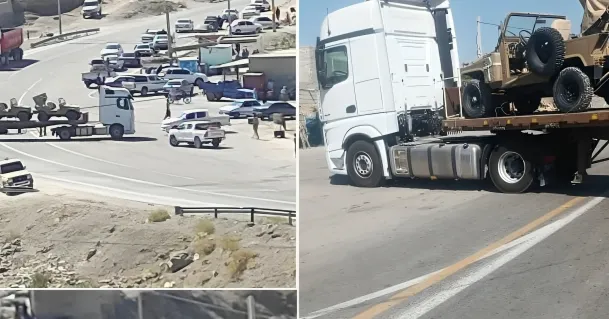
Iran's Martyrs of Security operation is still taking place, with no end term for the operation due to vague operational objectives apart from "destroying terrorists". On November 8th, the violence continued with a Jaish-al Adl attack on an IRGC convoy in Rask, Sistan. Iranian state-controlled media reported the death of one special forces member in the attack but had killed all four of the militants. It is also claimed that the JAA militants fired into a passing car, which killed one civilian and injured two others. Balochi nationalists claimed through telegram that it was actually the IRGC who had fired into the vehicle.
Interestingly, Iran has blamed Israel for financing Jaish al-Adl in order to destabilize the regime. The Iranian state outlet Tasnim stated that it had found a telegram chat connected to JAA's financial wing with Israeli citizens donating cryptocurrency. Iran has also accused Saudi Arabia, Pakistan, the US, and the UK of financing JAA. However, there is no evidence to support any of these state-sponsored claims. It would seem that this is a ploy to dirty Baloch nationalist goals by dissuading other Muslims from supporting Baloch independence due to a perceived connection to the Israeli state.
Future of the Conflict
It is hard to tell where the situation may lead. JAA has shown that it has the ability to conduct several successful attacks per day using differing methods such as ambushes, bombings, and assassinations. On the other hand, JAA operates with a cell structure and only commits four to a dozen fighters to attacks, which could possibly mean that the organization is small or doesn't feel it is ready for a large-scale confrontation with Iran in Sistan-Baluchestan. Similarly, Iran has yet been able to stop Jaish-al Adl since its current campaign began in 2013. On September 30, 2022, Iran further inflamed the situation by using deadly force to suppress protests in the capital city of the province, Zahedan, home to over 600,000 people. In the event called "Bloody Friday" Iranian security forces killed dozens of peaceful protestors. With Iran preoccupied with maintaining the "Axis-of-Resistance" and trying to stop Israeli operations in Gaza and Lebanon, it could provide the opportunity for Jaish-al Adl to increase the frequency and size of its attacks, which could strain Iranian forces in Sistan-Baluchestan.








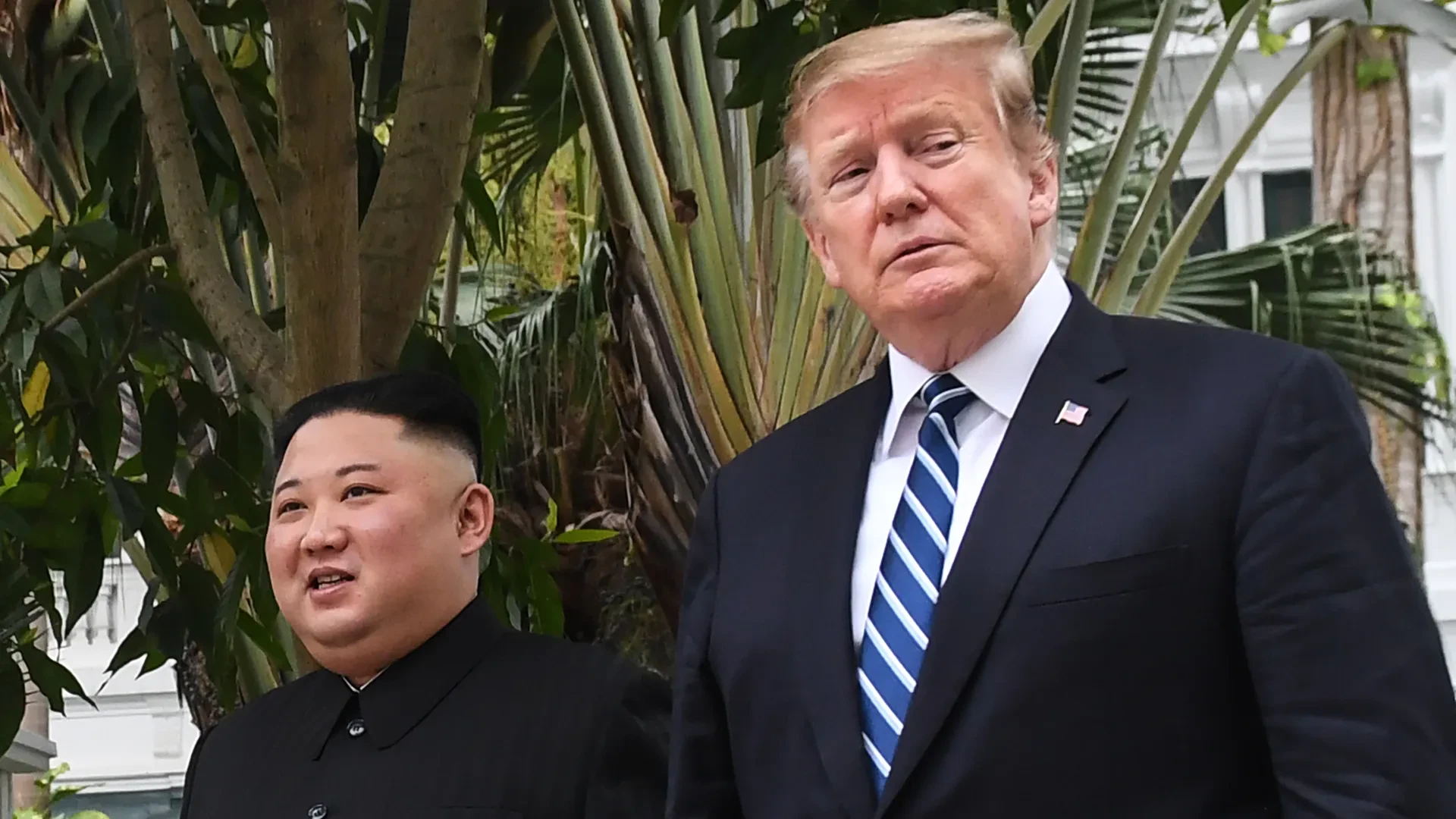
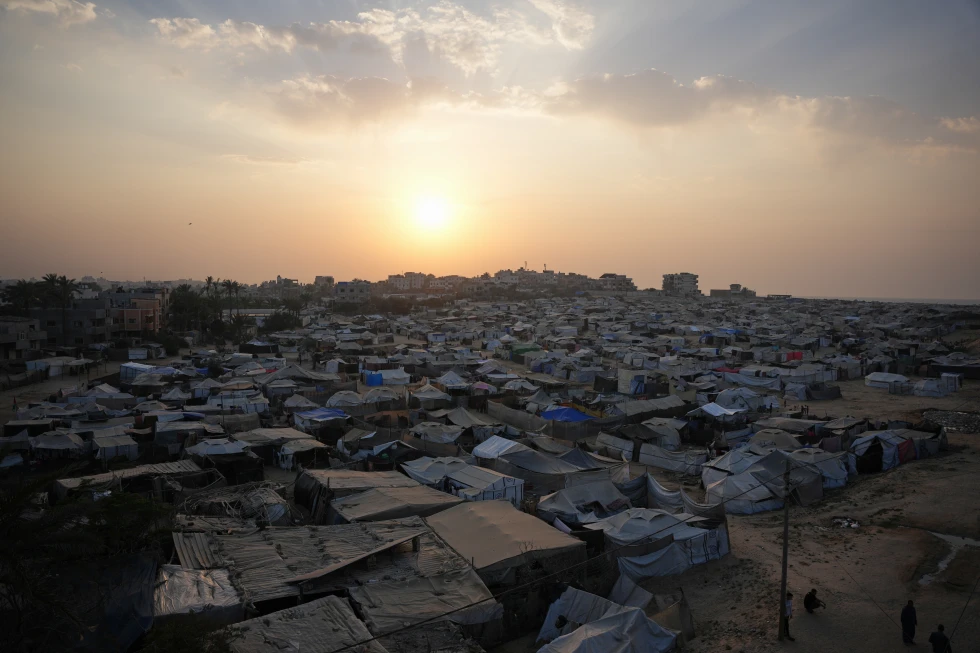
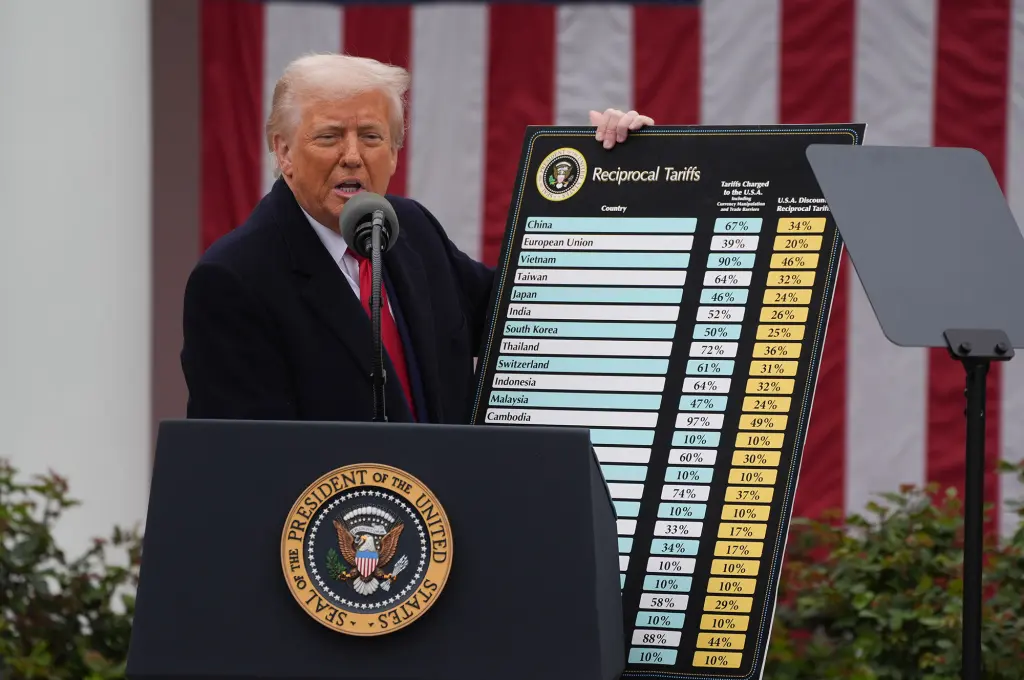
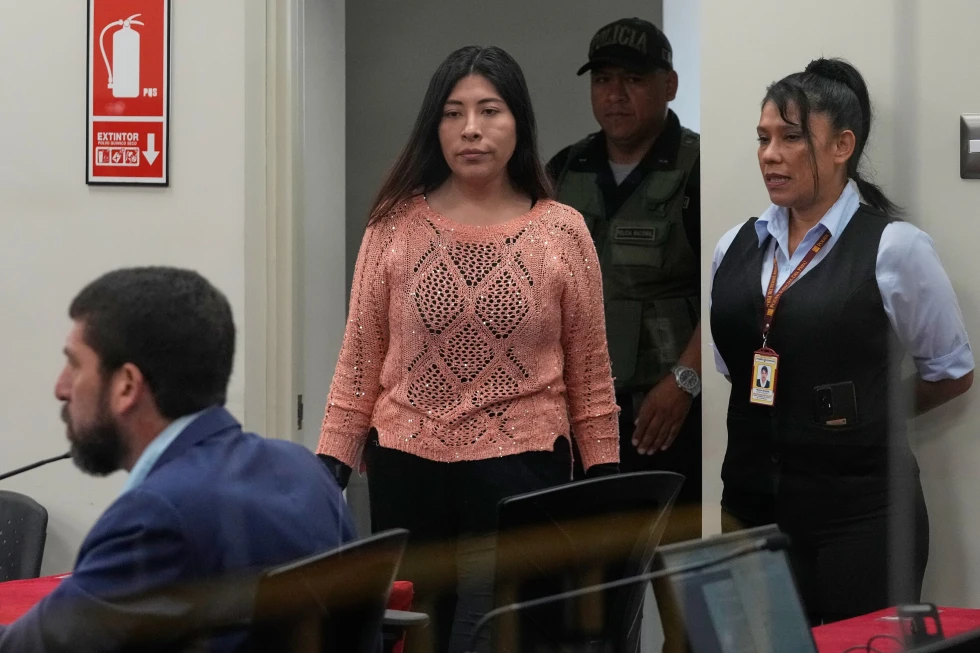
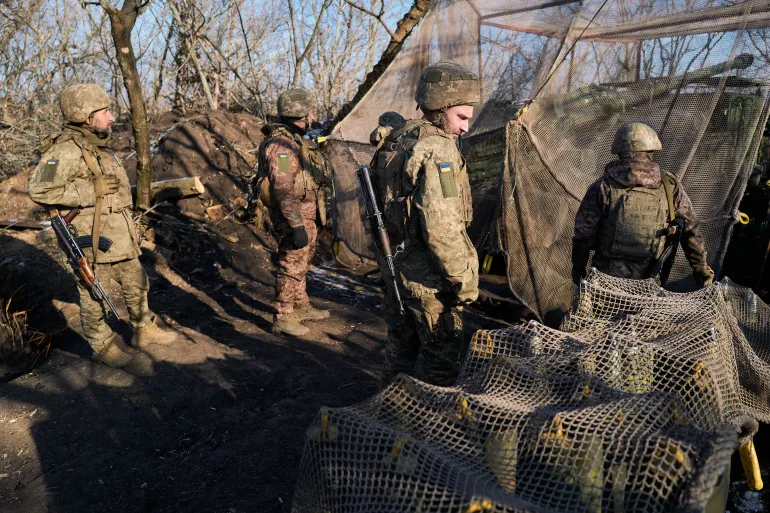

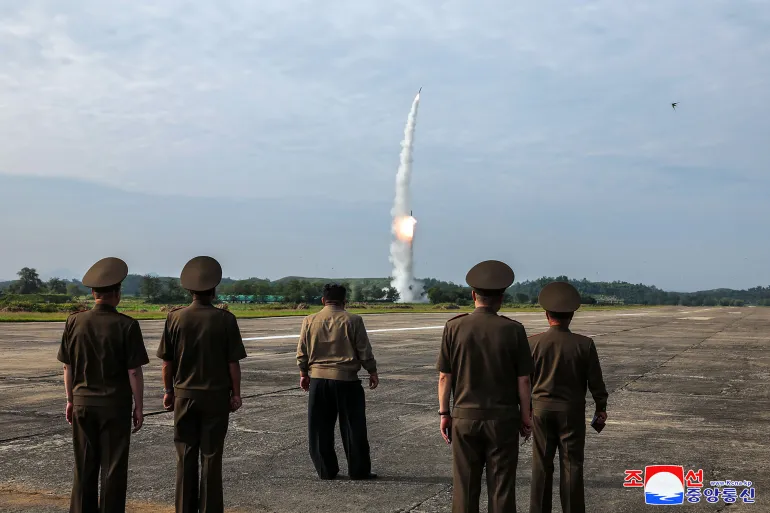

Discussion